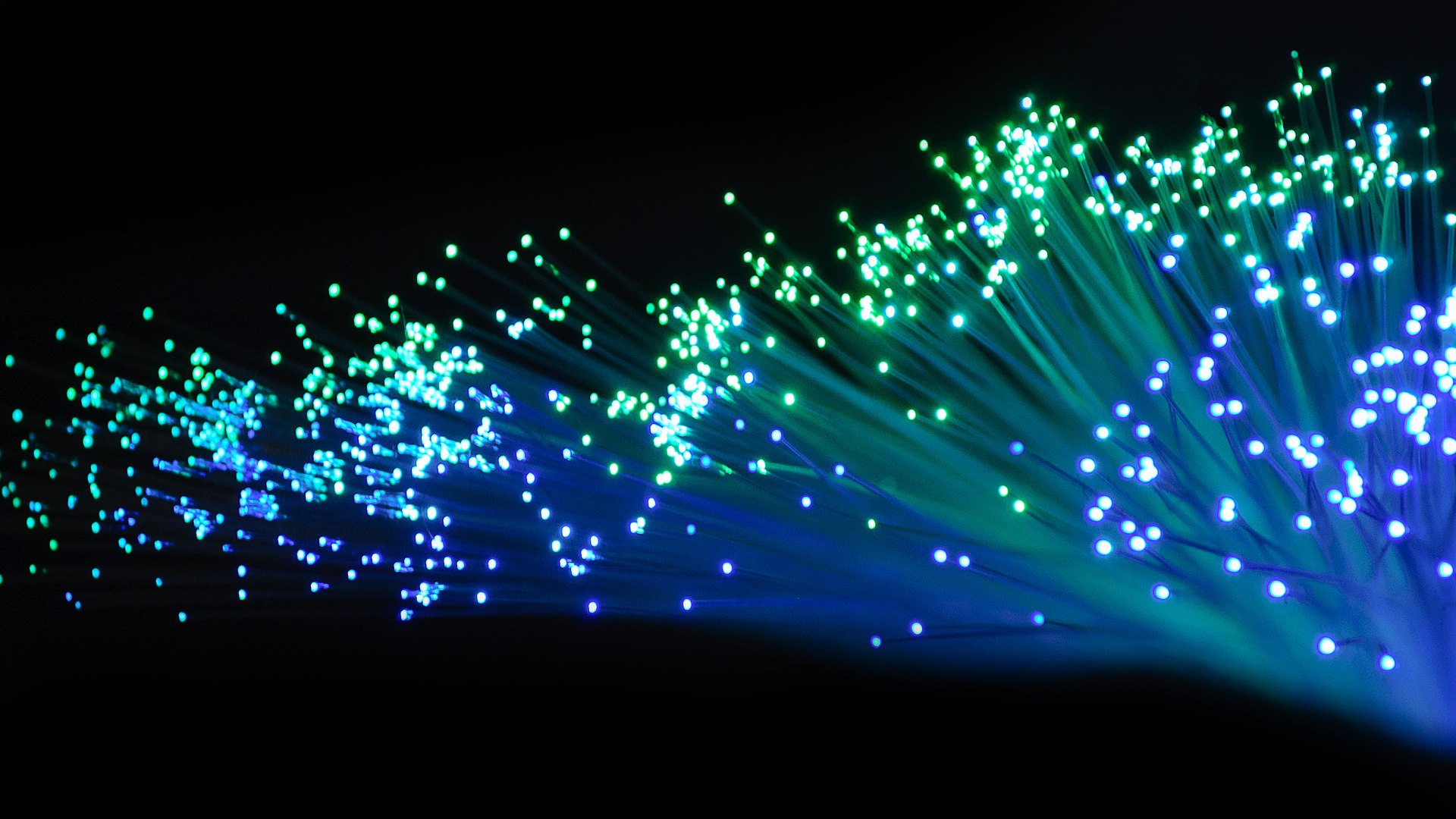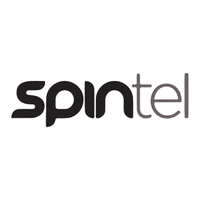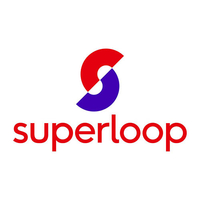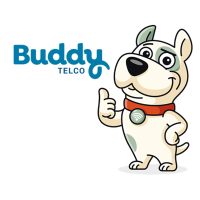Free NBN fibre upgrade: everything you need to know to get faster, reliable internet
Millions of Australians are now eligible for a free FTTP upgrade

NBN Co’s free fibre upgrade program continues to roll out, bringing faster, more reliable fibre optic cabling to more and more homes in Australia. As of November 2024, NBN Co says 80% of its fixed-line network now has access to the very fastest internet speeds, and promises 90% of its network can get connected by December 2025.
What exactly is the free fibre upgrade program we hear you ask? Essentially it means customers who connect to the NBN fixed-line network via the inferior fibre-to-the-node (FTTN) and fibre-to-the-curb (FTTC) tech, can have the equipment at their property upgraded to FTTP. Once installed, customers can revel in the fastest NBN plans, which recently have been made much sweeter with reduced plan pricing.
NBN Co hasn't provided updated figures in terms of how many homes with each connection type are now eligible for the upgrade, but it has provided the number of homes by state (New South Wales and Victoria currently lead the charge, with Queensland sitting in third).
In order to trigger the upgrade, those eligible are required to sign up to an NBN plan with download speeds of 100Mbps or higher – those are NBN 100 plans, NBN 250 plans and NBN 1000 plans. While these plans are usually more expensive than slower 25Mbps and 50Mbps plans, it's no longer always the case and there are some great internet deals to be found.
Can I get a free NBN fibre upgrade?
The easiest way to find out if you're eligible for the free upgrade is to check your address on NBN Co’s website.
Do note that only customers that connected via FTTN/C are eligible. This means those who connect via fibre to the basement/building (FTTB) – usually those in apartment buildings – aren't eligible. However, faster internet may be available for people living in apartments via a number of NBN alternatives.
If you live in an eligible suburb, you can register for updates from NBN Co directly in order to stay in the loop – just note you’ll need to enter your address in the eligibility checker first.
Get daily insight, inspiration and deals in your inbox
Sign up for breaking news, reviews, opinion, top tech deals, and more.
Alternatively, you can wait for your telco to get in touch regarding an upgrade since it’ll be in their interest to let you know as soon as your home is eligible for an upgrade as this will encourage you to sign up for a faster NBN plan.
How much does it cost to upgrade my NBN?
The actual upgrading of the equipment at your home is free. The only cost you will incur if you use the free upgrade program is the cost of a new plan. At launch, NBN Co stipulated that customers with FTTC connections had to upgrade to at least an NBN 250 plan in order to enact the upgrade, while FTTN customers could make do with an NBN 100 plan as a minimum.
That has all changed now, however, with customers with either connection now able to get the free upgrade by simply signing up for a new NBN 100 plan. The average monthly cost of an NBN 100 plan, based on the telcos we monitor, is currently just over AU$92. Do note that this figure has been slowly increasing in the last couple of years, and you may now find faster plans can cost less.
What suburbs can get FTTP for free?
The full list of suburbs in Australia that are eligible for NBN Co's free fibre upgrade program is too long to list here, so we recommend you check your address on the NBN Co website to see if yours is included. If it's not, there's a good chance it will become eligible by December 2025, given the commitment to ensuring 10 million homes (90% of the fixed-line NBN network) will have FTTP access.
How do I upgrade my NBN under the free fibre program?
It's relatively simple to upgrade your home NBN connection to FTTP. The majority, if not all, internet service providers (ISPs) support the program and should advertise it on their website.
If you want to take advantage of the upgrade, simply head to the website of your ISP of choice (we've recommended some of our favourites a little further down) and enter your address.
If your home is eligible, the ISP should indicate as much. You will then need to follow the steps to sign up for a new NBN plan with at least 100Mbps download speed.
Once ordered, your ISP will arrange for NBN technicians to come to your premises to install the necessary equipment. Once installed, your new plan will activate.
What are the benefits of an NBN upgrade?
A full fibre upgrade will open households and businesses to a wider range of NBN plans, including the ultrafast NBN 1000 tier (or 'gigabit internet') as well as NBN 250, both of which are only available on certain connection types – FTTP and hybrid fibre coaxial (HFC) specifically. Not only is it faster, a full fibre connection is also more reliable.
The other benefit is due to arrive in September 2025, when NBN Co rolls out a new Hyperfast speed tier, with theoretical speeds of up to 2Gbps. This new speed tier will also require an FTTP connection. However, 100Mbps, 250Mbps and 1,000Mbps plans will also receive a speed boost at the same time, up to fives times faster in the case of 100Mbps plans.
What are the best plans to upgrade to?
You can view our regularly updated guide to the fastest NBN plans, which has recommendations for plans starting at 100Mbps and increasing to the theoretical maximum 1,000Mbps speed. But we've also listed a few below that get our seal of approval.
Spintel | 100Mbps | AU$65p/m (first 6 months, then AU$81.95p/m)
Spintel is often our favourite pick when recommending an NBN 100 plan for most people. It recently received a price cut, making it even greater value and in doing so, it's become the outright cheapest over the first 12 months of service and by far the cheapest overall to advertise maximum download speeds.
• AU$65 minimum cost
• AU$881.70 first year cost
• AU$983.40 ongoing cost
Superloop | 250Mbps | AU$85p/m (first 6 months, then AU$99p/m)
If it's an NBN 250 plan you're after, the Superloop has been a firm favourite of ours for some time. Not only does this plan advertise maximum typical evening speeds, but it also comes with five free Speed Boost days each month, allowing customers to bump up the speed of their service to the NBN 1000 tier – right now, Superloop advertises 860Mbps typical evening speeds at this tier. Superloop's regular ongoing cost of AU$99p/m is also below the current average of just over AU$105.
• AU$85 minimum cost
• AU$1,104 first year cost
• AU$1,188 ongoing yearly cost
Buddy Telco | 875Mbps | AU$99p/m
For those looking to sign up for the fastest speed tier currently available, we have to recommend Buddy Telco. For a long time, Buddy was the outright cheapest provider on this tier, but has now been beaten by Spintel. However, Buddy's plan still advertises some of the fastest download speeds at 875Mbps (Spintel only manages 750Mbps). It's for this reason Buddy still gets our pick, as it promises to make your upgrade to FTTP technology totally worth it.
• AU$99 minimum cost
• AU$1,188 yearly cost
NBN alternatives
If you’re on an FTTN or FTTC connection and are holding out to see if you’re eligible for an upgrade, or you’ve found out you’re ineligible, there are some NBN alternatives you should consider.
Both FTTN and FTTC connections are capable of supporting NBN 100 plans, with typical evening speeds ranging from 85-100Mbps from most providers (there are some exceptions). We’d argue this is more than enough bandwidth for most power users and large households.
However, if your current technology means that you’re experiencing a poor connection even on a higher speed tier, 5G home internet plans are becoming increasingly common, and as the rollout continues, are available in more areas.

Max is a senior staff writer for TechRadar who covers home entertainment and audio first, NBN second and virtually anything else that falls under the consumer electronics umbrella third. He's also a bit of an ecommerce fiend, particularly when it comes to finding the latest coupon codes for a variety of publication. He has written for TechRadar's sister publication What Hi-Fi? as well as Pocket-lint, and he's also a regular contributor to Australian Hi-Fi and Audio Esoterica. Max also dabbled in the men's lifestyle publication space, but is now firmly rooted in his first passion of technology.
- Zachariah KellyStaff Writer
You must confirm your public display name before commenting
Please logout and then login again, you will then be prompted to enter your display name.


